TABLE OF CONTENTS
What Is Sponge Cake?
Have you ever baked a sponge cake? At some point you probably have! What many people don’t realize is that sponge cakes (together with other light cakes like cupcakes) belong to a larger family of desserts called whipped cakes.
The name “sponge” comes from its airy, foam-like structure. It’s made with just three main ingredients: eggs, sugar, and flour. Sometimes a small amount of fat is added to refine the texture—most often butter, which is also common in other whipped batters like cupcakes.
Like all whipped cakes, sponge cake is characterized by a high air content, which gives it its light and fluffy texture. The eggs themselves make this possible: both the yolks and the whites contain proteins that trap air and create a stable foam full of tiny bubbles.
My Recipe for Traditional Sponge Cake

Equipment
- Stand Mixer
- Cake Pan
Ingredients
- 500 gr Eggs
- 300 gr Granulated Sugar
- 200 gr Baking Flour
- 100 gr Potato Starch
- 5 gr Salt
- 1 pod Vanilla Bourbon
- Lemon Zest
Instructions
- Beat the eggs at fridge temperature with the sugar in the mixer on medium speed until the mass grows about 5 times its initial volume.You can check that the mixture is ready by lifting it up with the whisk and letting it fall back into the bowl. If the mixture stays on the surface for a bit, then the mixture is ready.
- Sift flour and starch 2 times and add to egg mass with a spatula mixing from the bottom up.
- Fill buttered and floured cake pans to ¾ of the height, taking care to level the edges before baking.
- Bake at 170°C (338°F) for about 30 minutes.
- After baking, remove the sponge cake from the mold, sprinkle it with granulated sugar, and turn it upside down to uniform the surface. Cool immediately to +4°C (39°F) to maintain the humidity inside the product.
- If necessary, you can store the sponge cake in the fridge, covered with plastic wrap, for about 2 weeks!
Nutrition
Tips for a Fluffy Sponge Cake
- Use room-temperature eggs → Cold eggs whip less volume and make the batter unstable.
- Whip long enough → The egg and sugar mixture must become pale, thick, and create ribbons when lifted.
- Sift the flour → Prevents lumps and helps maintain a light, even texture.
- Fold gently → Use a spatula with slow, upward motions to avoid deflating the whipped eggs.
- Bake immediately → Don’t let the batter sit, otherwise the air bubbles will collapse.
- Preheat the oven properly → A stable temperature is key to achieve an even rise and a tall sponge cake.
Common Mistakes to Avoid
- Under-whipping the eggs → The cake won’t rise and the crumb will be dense.
- Over-mixing the batter → Stirring too much knocks out the air, making the sponge heavy.
- Opening the oven too early → A sudden drop in temperature can cause the cake to collapse in the center.
- Wrong oven temperature → Too hot causes cracks on the surface, too low makes the sponge flat and rubbery.
- Not cooling correctly → If left in the pan, condensation makes the cake soggy. Always cool it on a rack.
Pan Size & Bake Time (inches)
| Pan size (in) | Whole eggs (g) | Sugar (g) | Flour (g) | Cornstarch (g) | Bake time * |
|---|---|---|---|---|---|
| 7–8 in (18–20 cm) | 200 | 120 | 80 | 40 | 25–30 min |
| 9–9.5 in (22–24 cm) | 300 | 180 | 120 | 60 | 30–35 min |
| 10–11 in (26–28 cm) | 400 | 240 | 160 | 80 | 35–40 min |
| 12 in (30 cm) | 500 | 300 | 200 | 100 | 40–45 min |
*Static oven 170–175 °C (338–347 °F).
Additional Ingredients
Starches: Adding starch helps control gluten development and gives the sponge a softer, more tender crumb. You can replace up to 50% of the flour with starch (potato or rice starch).
Nut flours: Ground nuts (like almonds, hazelnuts, or pistachios) add flavor but can dry out the cake if used in excess. A good balance is to substitute about 50 g of flour with 150 g of finely ground nut flour.
Butter: Butter enriches the batter and makes the crumb more delicate, but do not exceed 50% of the sugar weight or the structure may collapse.
Extra yolks: For a finer crumb, you can add extra yolks equal to about one-third of the total whole egg weight. For example, if the recipe calls for 300 g of whole eggs, you may add up to 100 g of yolks. Whip the whole eggs first, then add the yolks after about 10 minutes of mixing.
Cocoa & Chocolate: To make a chocolate sponge:
- Cocoa powder: Replace 100 g of flour with 10 g of sifted cocoa powder.
- Melted chocolate: Replace 100 g of flour with 200 g of melted chocolate. Blend the whipped eggs (eggs + sugar) with the warm chocolate and flour, then fold into the batter. To prevent dryness, add a small amount of honey, which helps the sponge stay moist.
Storage
- Room temperature: wrap well; up to 2–3 days if unfrosted.
- Refrigerator: well wrapped; up to ~1 week. Bring to room temp before assembling.
- Freezer: wrap tightly in plastic + bag; up to 1–2 months. Thaw overnight in the fridge, then unwrap.
Note: if filled with whipped cream, custard, curd, or fresh fruit, keep refrigerated and serve within 3–5 days.
Soaking Syrups
For layer cakes and European-style desserts, a light syrup keeps sponge cake moist without making it soggy.
- Classic simple syrup: 1:1 sugar:water (by weight). Bring to a brief boil, cool completely.
- Flavoring: add citrus zest while infusing, vanilla after cooling, or 1–2 Tbsp liqueur per 1 cup (240 ml) cooled syrup.
- How to use: brush a thin, even layer on cooled sponge. For jelly rolls, use sparingly.
How to Make Sponge Cake – 4 Techniques
Sponge cake can be prepared by whipping whole eggs together or by separating yolks and whites. The method you choose influences the structure of the cake: the more air incorporated into the batter, the lighter and fluffier the sponge will be once baked.
There are four main techniques: two “warm” and two “cold.”
1. Warm Method: Produces a very light, open texture, though it tends to dry out faster.
Heat the eggs and sugar to 122°F (50°C), whisking constantly. Then whip in a stand mixer at medium speed until the mixture becomes thick and foamy. Sift the flour twice and fold it in gently. Pour into a buttered and floured pan and bake at 356–374°F (180–190°C). Keep the oven door slightly ajar for the last 10 minutes of baking.
This method gives high volume but the cake often rises too much in the oven. Because of its open texture, it is not ideal for soaking with syrups or liqueurs.
2. “Margherita” Method: An Italian technique where melted butter is added for a more delicate crumb and smaller air pockets.
Heat eggs and sugar to 122°F (50°C), then whip until bubbly. Add about 90% of the sifted flour. In a separate bowl, mix the melted butter with a small portion of the batter and the remaining flour. Fold this mixture back into the main batter carefully, then bake as above.
3. Cold Method: Creates a finer, more compact crumb, ideal for rolled cakes or sponges meant to be soaked.
Whip eggs and sugar (without heating) until the mixture reaches about five times its original volume. Fold in sifted flour and flavorings (vanilla, lemon zest, etc.), then bake as usual.
4. Double Method: Produces a very light, airy structure—similar to Charlotte or Italian Savoiardi.
Whip the yolks with 2/3 of the sugar and the whites with the remaining sugar. Fold the meringue into the yolk mixture, alternating with sifted flour. To simplify, start by mixing a quarter of the flour into the yolks, then fold in some meringue. Continue alternating flour and meringue (about four rounds) until everything is incorporated. Bake as above.
Create Your Sponge Cake Recipe
In sponge cake, the egg is the reference unit that determines the proportion of all the other ingredients. The formula is simple: eggs, sugar, and flour.
For best results, use low-protein flour (cake flour or standard all-purpose flour in the US). If you only have bread flour, replace about 10% of it with potato starch to reduce gluten formation. Most supermarket flours in the US are already low in protein, but always check the label to make sure it contains only flour (no added leaveners).
For the variations below, 1 egg = 50 g (≈1.75 oz). I recommend weighing the eggs, since their size can vary significantly.
Light Sponge Cake – Very airy, open crumb
- Eggs: 50 g
- Sugar: 20 g
- Flour: 20 g
Medium Sponge Cake – Balanced texture, ideal for soaking
- Eggs: 50 g
- Sugar: 35 g
- Flour: 35 g
Heavy Sponge Cake – Dense, compact crumb, great for carved or shaped cakes (like American-style layer cakes)
- Eggs: 50 g
- Sugar: 50 g
- Flour: 50 g
Rolled Sponge Cake – Flexible and elastic, perfect for jelly rolls
- Eggs: 50 g
- Sugar: 35 g
- Inverted sugar or honey: 10 g
- Flour: 30 g
This version contains about 30% more sugar than the average recipe. The use of inverted sugar (such as honey) helps the sponge retain moisture and improves browning during baking.
I REPLAY YOUR QUESTIONS ABOUT SPONGE CAKE
No. If you whip the eggs correctly, you do not need to add baking powder to the sponge cake. The air incorporated in the eggs will be enough to make the sponge cake rise during baking.
Yes, you can replace up to 10% of the weight of flour with potato starch or another starch (rice starch or Maizena) to have a “finer” sponge cake.
The addition of potato starches can also be useful if you have a flour that is too rich in proteins; thus, you will limit gluten formation.
The best way to bake the sponge cake is to use a static oven and slightly open the oven door during the last 10 minutes of baking to evacuate the steam.
Most likely, the sponge cake was not perfectly cooked. I suggest you make a test using a toothpick and verify if it comes out dry and without any crumbs attached!
Yes, you can prepare an excellent sponge cake using semi-wholemeal flour. In this case, you will have to revise the liquid content of the recipe, increasing the weight of the eggs by about 10% (accordingly to how rich in proteins the flour is).
Yes, simply wrap it in a food wrap and then in the aluminum foil. Finally, place it in a freezer bag. You can store frozen sponge cake at -18°C (0°F) for up to 60 days.
For a CHOCOLATE sponge cake, you have to replace 100gr of the flour with 200gr of warm melted chocolate. I suggest you mix the chocolate with the flour and then add about 1/3 of the whipped egg mass. When the mixture is well blended (it will slightly follow, but that’s completely normal), add it to the rest of the egg mass.
Pls, note that the Chocolate Sponge Cake tends to dry out faster!
To prepare a Cocoa Sponge Cake, you can replace 100gr of the flour with 10gr of cocoa, sifting it together with the (remaining) flour in the recipe.
The sponge cake has developed too much gluten. You probably overworked it once you added the flour or used a flour too rich in proteins.
Another cause could be the inadequate heat distribution inside the oven.
If the recipe is well balanced and the sponge cake is correctly baked, it should not have any egg taste. However, if you prefer, you can add 1 tablespoon of apple cider vinegar to the egg mixture.
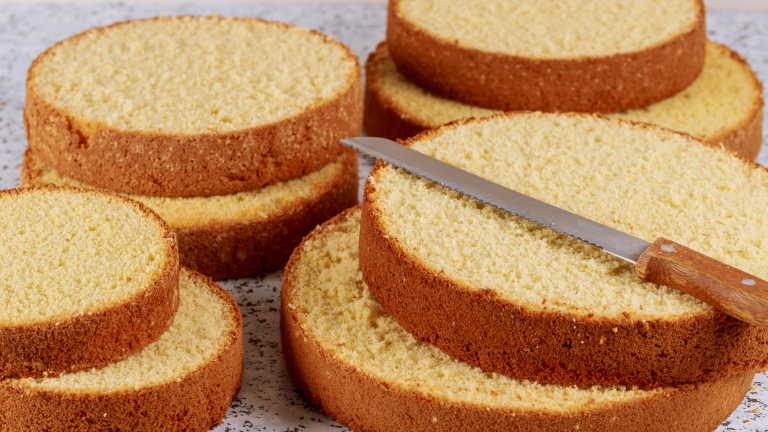
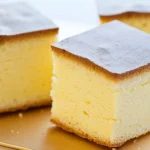


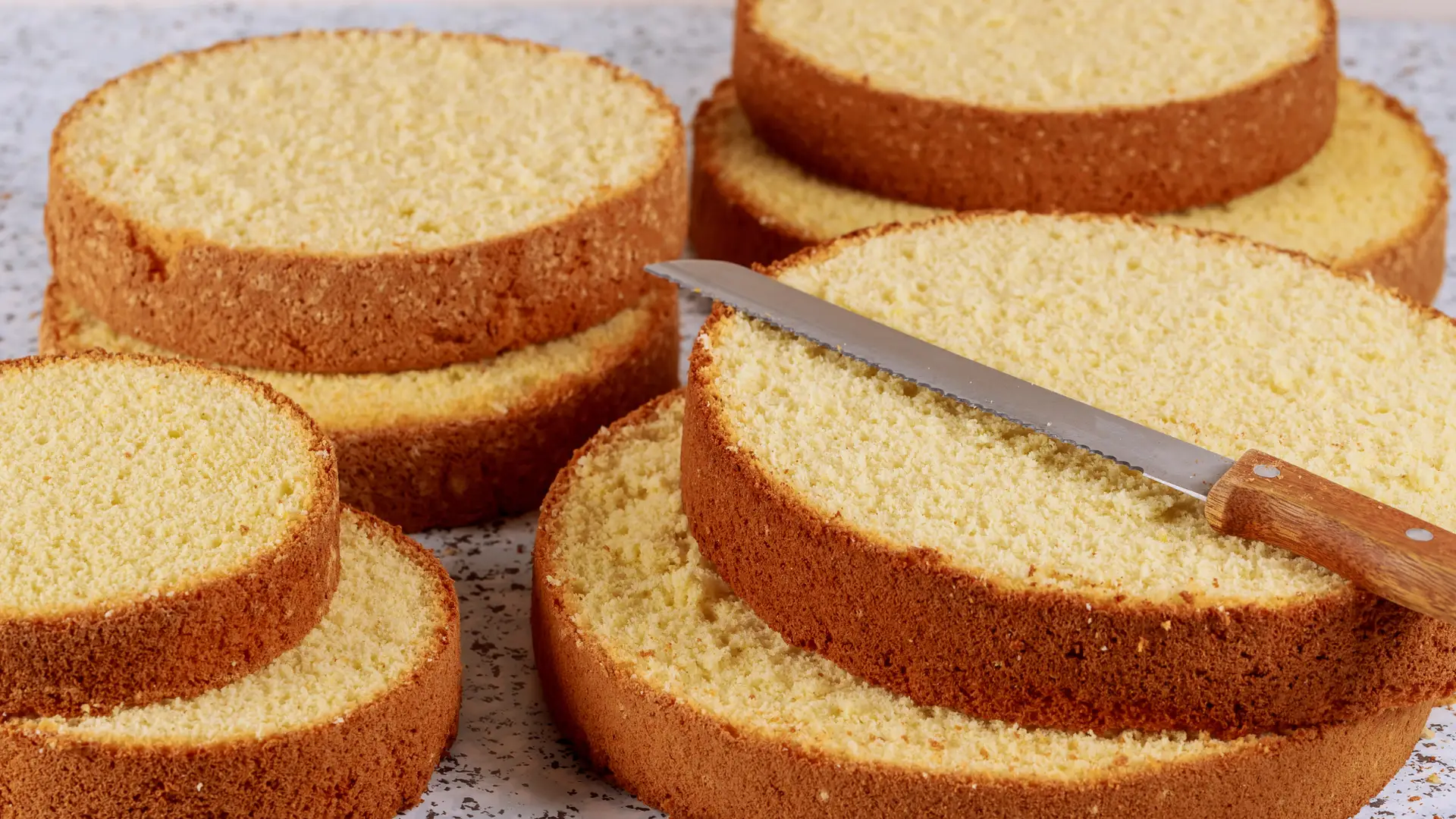
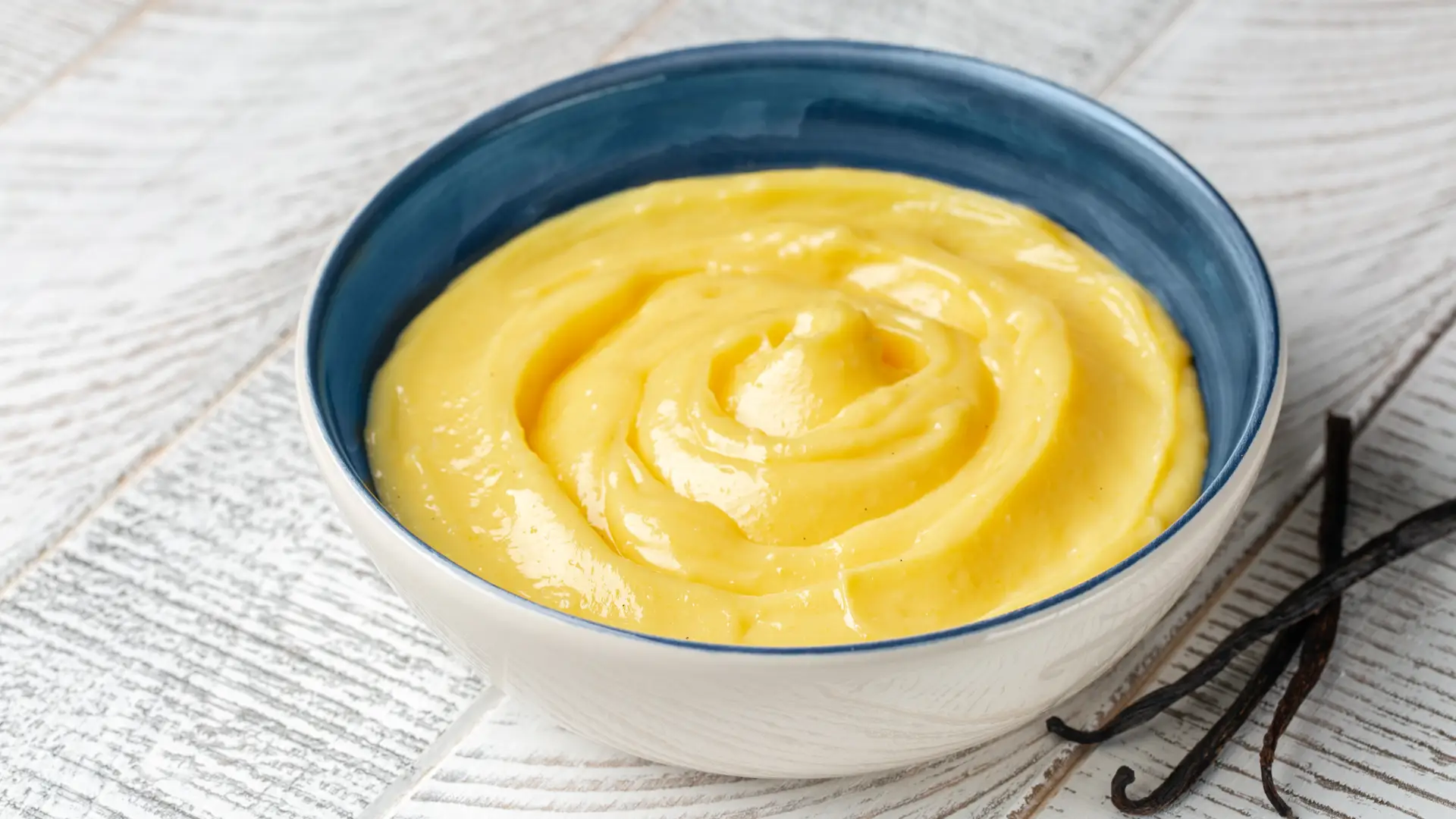

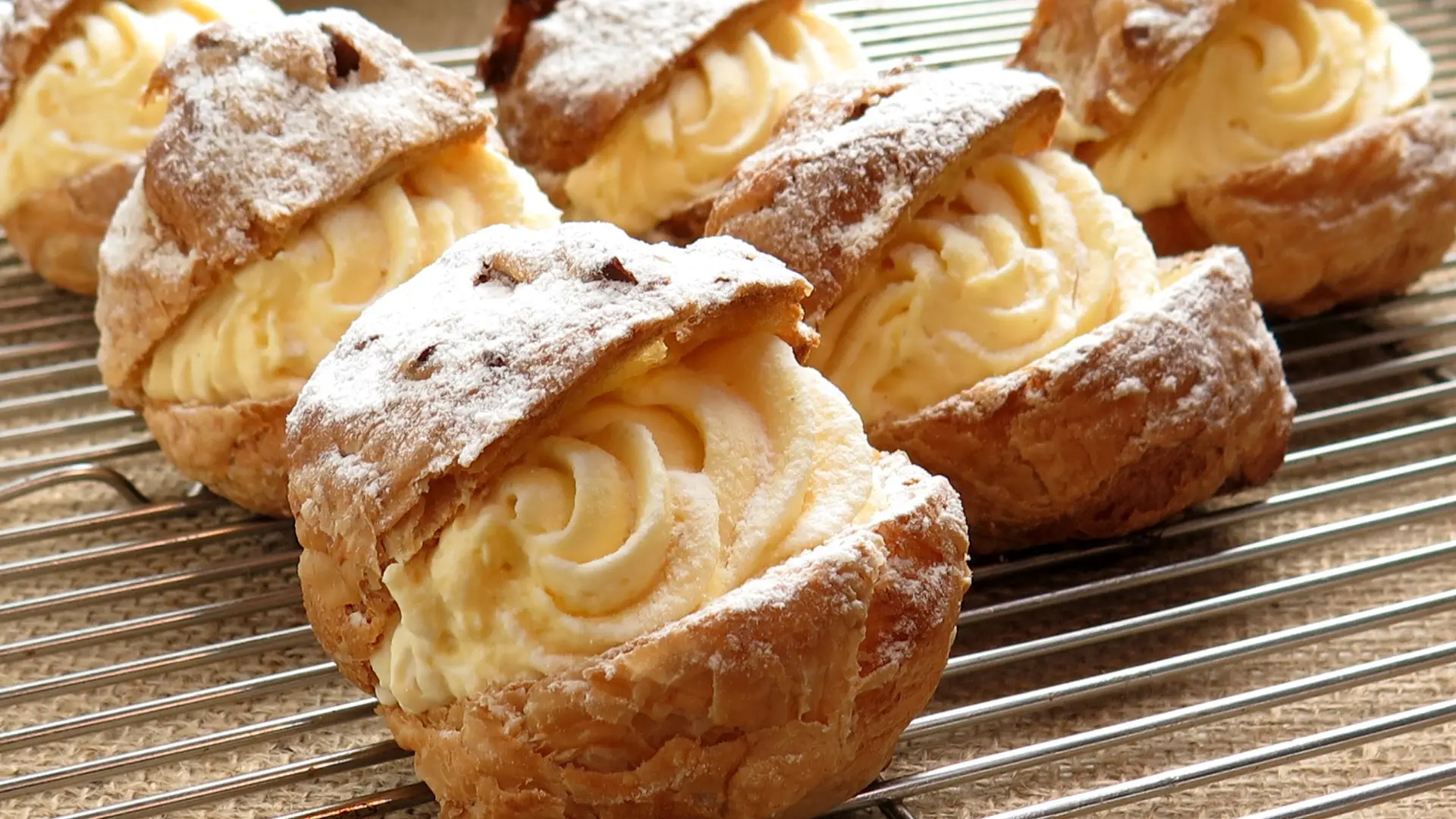













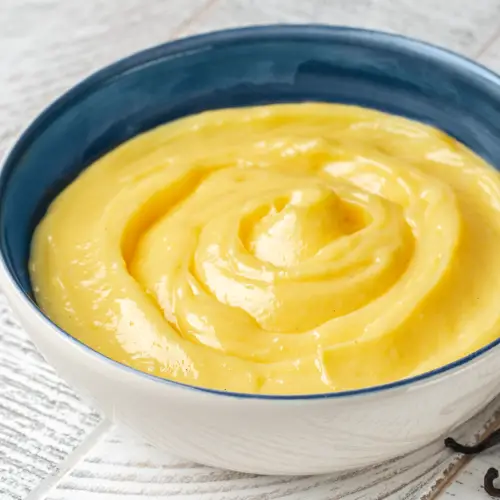


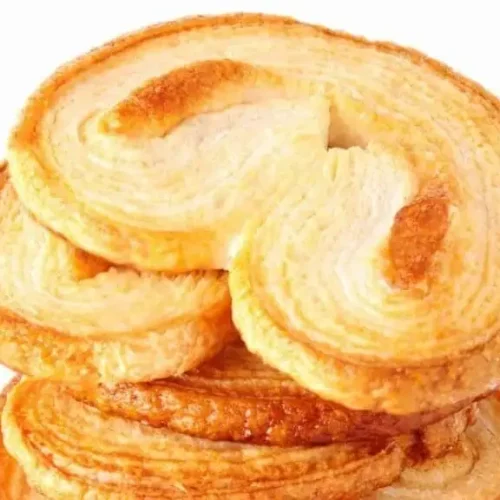



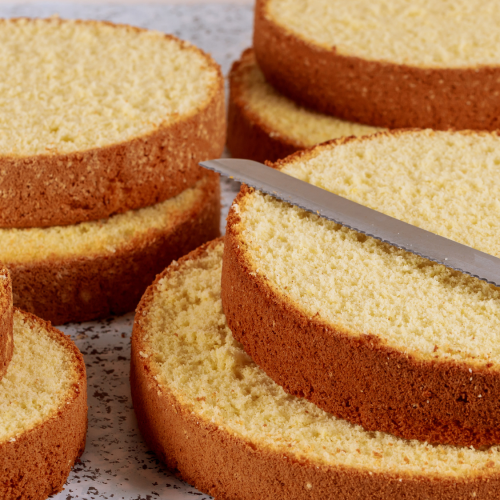

1 comments about “Pan di Spagna da Pasticceria: soffice e alto (senza lievito)”
Ciao! Il video copre la ricetta! Grazie!